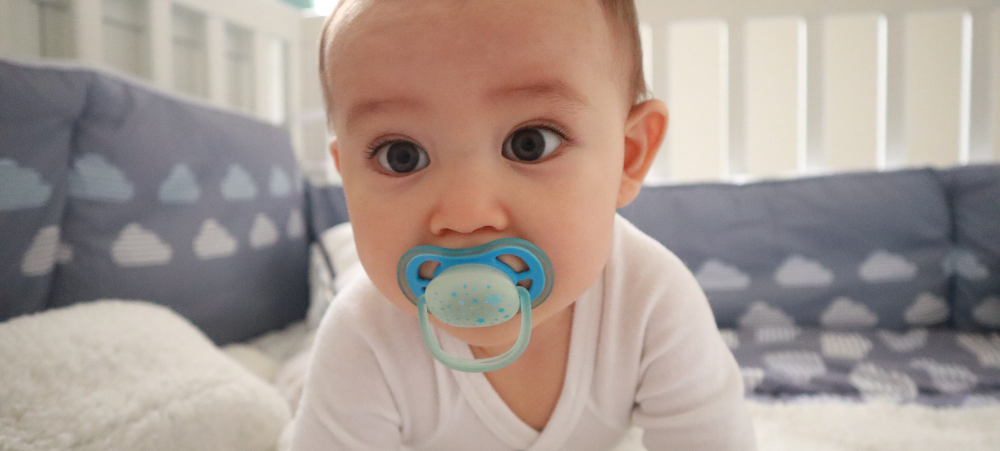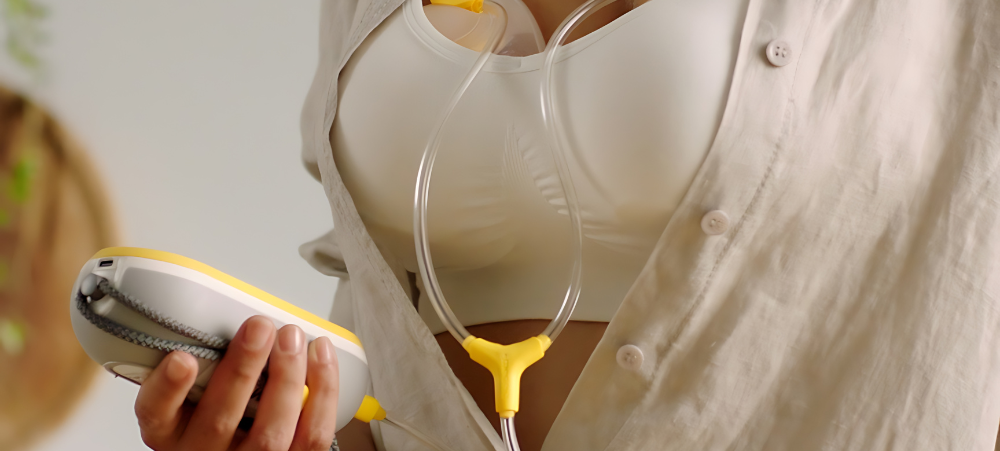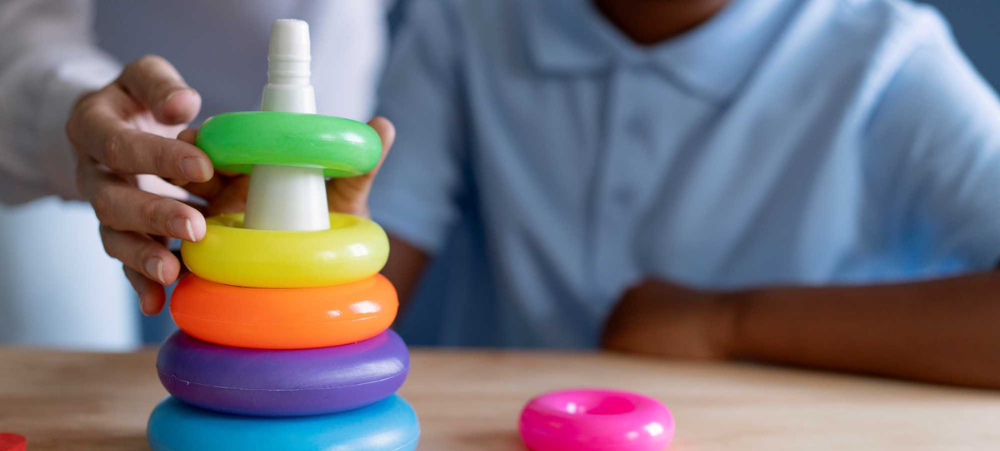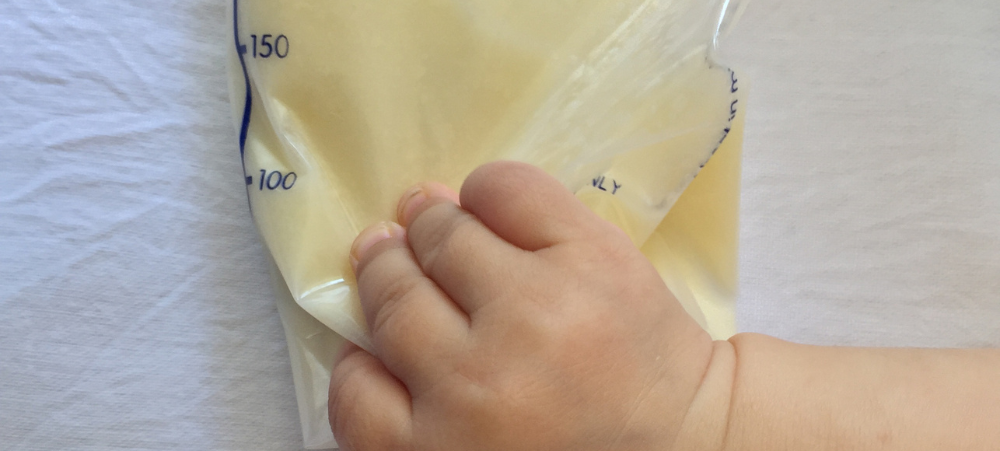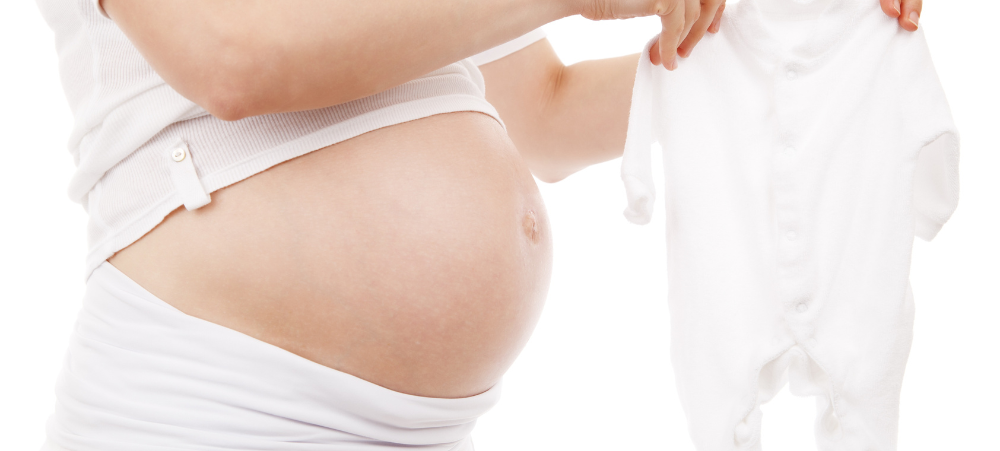
Safety and sustainability from a single pool cover – the PowerPlastics Solid Safety ticks all the boxes
The PowerPlastics Solid Safety Cover is the leading child safety pool cover in South Africa, favoured for its tamperproof design, overall aesthetics and its ability to create a more sustainable pool. The PVC cover is supported by batons that rest on the coping and the tension is created with ratchets, providing a complete barrier over the pool. The upside to the water being sealed off to the natural elements is that the cover also saves water, electricity and chemicals. Parts of South Africa are experiencing water shortages due to either drought or struggling infrastructure, so the need to save water is critical. A solid safety cover gives 98% water savings. And because the water is kept cleaner, the amount of chemicals and filtration needed is reduced. This could have a huge impact on alleviating load shedding if every pool was filtered less. Add these savings up month by month, coupled with safety benefits, and you will find yourself getting a lot more out of your pool – child safety as well as sustainability and a reduced carbon footprint from one pool cover, putting your mind at ease on multiple levels. This is what makes safety covers stand out when compared to other safety methods like nets and fences which still leave the water exposed to the natural elements. PowerPlastics Pool Covers first designed the PowerPlastics Solid Safety Cover, which has gone on to become the bestselling cover to prevent drownings. The cover tolerates 220kg and can be semi-automated to allow for single-person use. There is no substitute for adult supervision but by using the PowerPlastics Solid Safety Cover as one ‘layer of safety’, you will achieve further peace of mind as well as rescuing your household budgets. Learn more and get an instant quote on the PowerPlastics Pool Covers online store. www.powerplastics.co.za There are safety covers, and then there are safety covers. Know what you are buying. Understand compliance. Remember this is your child or pet’s life on the line here so it is perfectly OK to ask the difficult questions. A solid safety cover may seem like an easy enough cover to copy but a poor understanding of materials, installation methods and cover upkeep, coupled with lack of experience, all have a direct impact on your cover’s efficiency and longevity. When efficiency relates to lives, it can’t be more critical. If you have any reservations about a pool safety supplier, trust your instinct and go with a brand like PowerPlastics Pool Covers that has been covering pools for decades, not weeks. The questions get a lot harder after a tragedy has occurred in your pool and you are found to be non compliant with SANS 10134. The finer details of safety compliance There has been wide industry collaboration and years of research that has gone into laying out the pool safety guidelines and, in South Africa, the function is addressed by the SABS, forming part of the national building standards, specifically SANS 10134. The cover specs you need to know / the technical questions you should be asking the pool cover supplier to ensure your compliance are: Are there any gaps or openings that allow unsupervised entry? If yes, can I fit a ball of 9cm x 14cm x 30cm through the gap? (this being the size of a child’s head or torso). Can the device bear weights of up to 220 kg? (static load test). Opening test – is the cover sufficiently anchored to prevent a child gaining access to the pool water? Does rain or sprinkler water drain off so the cover is dry within 10 minutes, with no pools forming on top of the cover?





